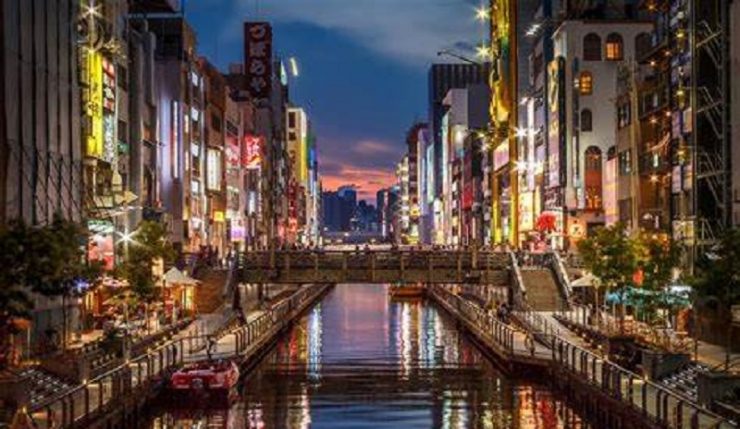OVERTOURISM hit Japan after the COVID-19 pandemic ended. Many tourist destinations limit visits by foreign tourists either by limiting the number of visitors or closing some roads. The newest is Osaka. Reporting from Japan Today, the Osaka Prefectural Government is considering charging entry fees to foreign tourists living in the prefecture, Governor Hirofumi Yoshimura said last week.
This planned levy is separate from the lodging tax that already applies to domestic and international tourists. The funds raised will be used to fund measures against overtourism and to keep the streets clean.
Yoshimura noted that if implemented, this would be the first such levy in Japan. The goal is to introduce it at the Osaka-Kansai Japan Expo starting in April 2025.
“The coexistence of foreign tourists enjoying Osaka and local residents will be an important issue in the future,” he told reporters at the prefectural office. The amount of the Osaka entry fee has not been determined. Experts will finalize details of the proposed costs in April,” he said.
Osaka currently imposes an accommodation tax of ¥100 to ¥300 (around IDR10,500 to IDR31,500) on domestic and international guests staying in accommodation costing ¥7,000 (IDR736,000) or more per night. The governor indicated that the proposed costs are expected to be about the same amount.
Yoshimura said that with plans to build a casino resort on the artificial island of Yumeshima, due to open around fall 2030, Osaka must implement measures to address the potential impact of overtourism. This artificial island in Osaka Bay will also host the 2025 exhibition.
However, the Ministry of Internal Affairs and Communications said there are no tax programs run by local governments in Japan that specifically target foreign nationals. Because such a program requires approval from the Ministry of Home Affairs.
Previously, the Yamanashi Prefectural government, which oversees the management of Mount Fuji, recently announced that the fee collected from climbers was 2,000 yen or around IDR210 thousand per person. This decision aims to reduce congestion and ensure a safer climbing experience for visitors to Japan’s highest mountain. [sources/photo special]
















